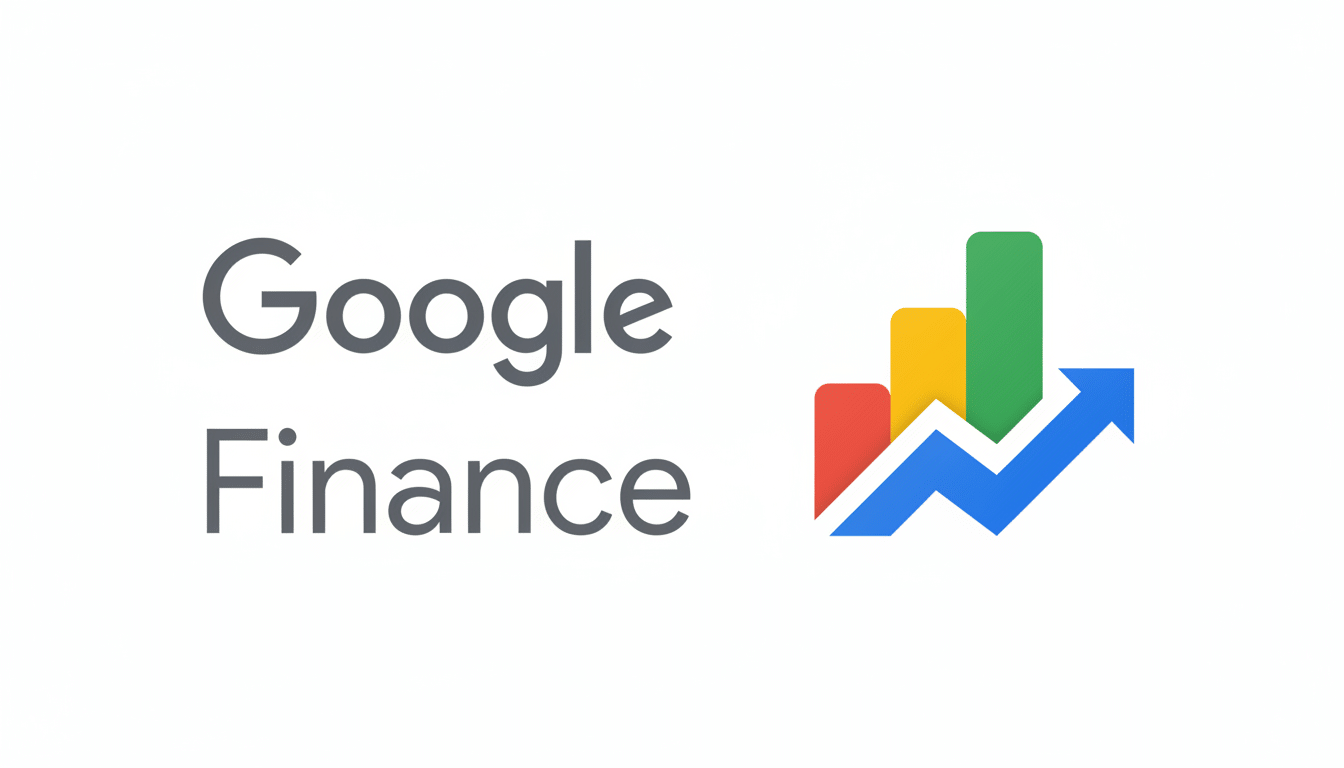Android is the most popular mobile operating system in the world, but a lot of widely relied upon web services and apps have never been given proper Android support. For services that people are programmed to check constantly all day, without push notifications, share-sheet hooks, widgets, or offline support, basic required tasks become inconvenient. The fact that Android is running on nearly 70% of the phones in use globally — based on StatCounter’s independent web analytics — shows their absence is not just a quirk; it’s a mistake.
Here are five mission-critical utilities which would be genuinely next-level with a real Android client, plus the useful integrations that simply aren’t available on a mobile web page or from running a barebones PWA.

We Need A Google Finance Native App On Android
Markets are moving every minute and investors don’t care to wait for nudges delivered through browser tabs. Google Finance provides nice index summaries, watch lists, simple fundamentals and portfolio tracking plus related news — more than the typical retail customer would need on the road. Its retired mobile app left a hole in the market, which competitors promptly filled: Both Yahoo Finance and CNBC have solid Android apps lush with alerts and widgets, while TradingView’s platform is nothing to sneeze at.
It should be a modern Google Finance app which encapsulates the latest design story and approach, could connect to Android’s notification channels for alerts on stocks or news, could include home screen widgets so users could create an at-a-glance overview of their stock watchlist, and more importantly — sync with Google Account to save all user choices automatically.
With record retail trading involvement in 2020 and zero-commission brokers making frequent check-ins routine, the argument for a polished Android app with low latency is pretty strong.
CamelCamelCamel Belongs On Android For Price Tracking
Amazon price history is more important than ever. Savvy shoppers will consult CamelCamelCamel to determine whether “deals” are really deals, set threshold alerts and time purchases. The mobile workflow, however, is cumbersome: copy a product link, open a browser, paste it and then assess. A native app might distill that down to a single tap using Android’s Share menu, and immediately drop the price chart while presenting one-tap alerts.
Consumer groups have repeatedly warned about misleading discounts — Which? in the UK has noted many headline promotions are matched or beaten at other times — so a transparent pricing history is a consumer protection tool as much as it’s one of convenience. I’d love to see an Android app with push alerts, background price checks and a quick-view overlay (so that while browsing on another device, you don’t have to click through to CamelCamelCamel).
Have I Been Pwned Needs Mobile Alerts On Android
Have I Been Pwned, the go-to service to find out if your personal information has been compromised in a data breach, is expanding beyond just informing you that you’ve been pwned.
The move comes courtesy of 1Password maker AgileBits, which acquired the service from security researcher Troy Hunt last month. You may be signed up for email updates, but inboxes are cluttered and message notifications can quickly get lost. An Android app can send high-priority push notifications, walk users through action items like password changes and 2FA setup, and display breach timelines and impacted services at a glance.

The demand is obvious: last year, the Identity Theft Resource Center recorded a record number of US data compromises in 2023, more than 3,000 incidents compromising hundreds of millions of records. In minutes-counting situations, push notifications and actionable checklists — potentially an extension of Android’s Autofill services and password managers in flow — can contribute a material impact to risk reduction.
Google Travel Should Have a Single App On Android
By allowing users to do everything in one place, Google’s travel hub integrates flight search, hotel comparisons, vacation rentals and local insights. Online, it’s quick and inclusive, with filters, price tracking and booking possibilities. But there still isn’t a one-stop shop for trip planning, saved itineraries, notifications and exploration tools on Android.
A resurrected app might also combine Gmail trip packages, price alerts for flights and hotels, offline destination guides and dynamic widgets for future reservations. For an industry projected by IATA to carry more than 4.7 billion passengers in 2024, a unified mobile experience would help make the complete journey — from inspiration and booking to day-of-travel logistics — more seamless as well.
AeroLOPA Would Take the Seat Choice to Another Level
Long-haul flyers swear by detailed seat maps when picking the best seats for a flight. AeroLOPA’s fuselage diagrams are known for their precision and clarity, frequently besting airlines’ own offerings. Yet it remains web-only. An Android app, for example, might cache maps for offline use, or match cabin layouts to a flight number or specific aircraft subtypes and seat features like extra legroom, missing windows and misaligned recline.
Having intelligence on plane seats can result in comfort, and comfort counts over long flights. With the loss of popular alternatives like SeatGuru, a native app from AeroLOPA would fill an actual gap, especially if it included last-minute notifications of aircraft swaps and a personal “favorite seats” library.
The Bigger Picture For Android Users And Developers
Native apps are not just wrappers — they house the mobile-first features people rely on every day: push alerts, quick actions, deep links and offline reliability. PWAs have come a long way, but they still lack fine-grained permissions controls, support for background processes and the finish of platform-native UI and widgets.
First-party apps for Google Finance and Google Travel would round out the company’s ecosystem where users already exist. By being on Android, CamelCamelCamel, Have I Been Pwned and AeroLOPA can turn loyal web audiences into power users. The demand exists, the integrations are clear and the user wins are instantaneous. It’s about time these bare necessities arrived on Android.

